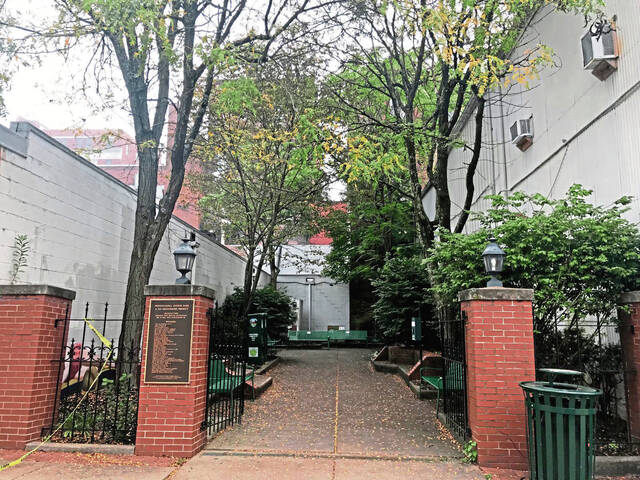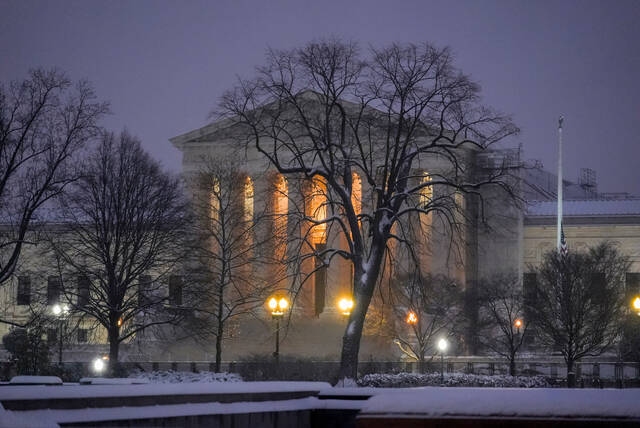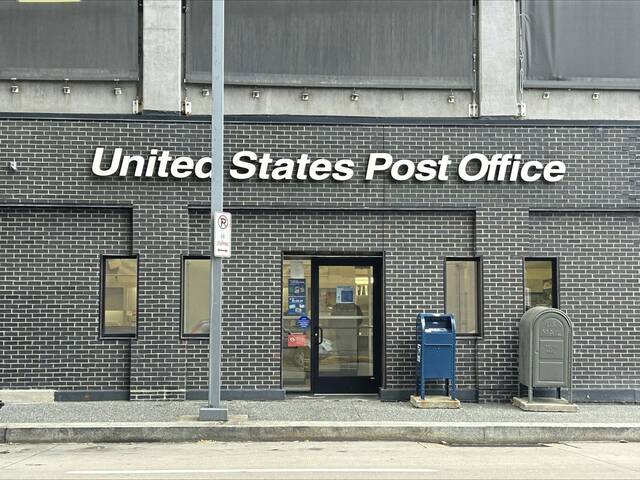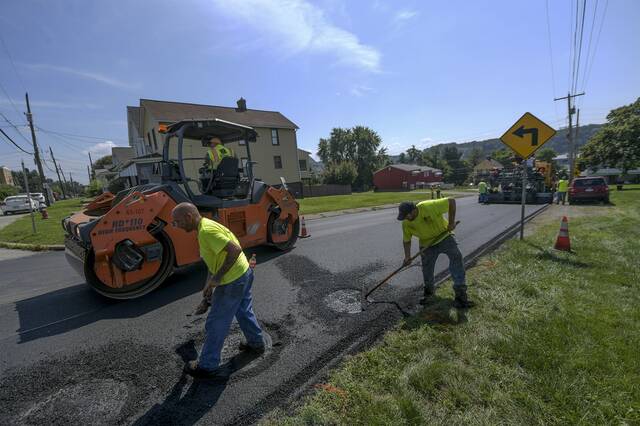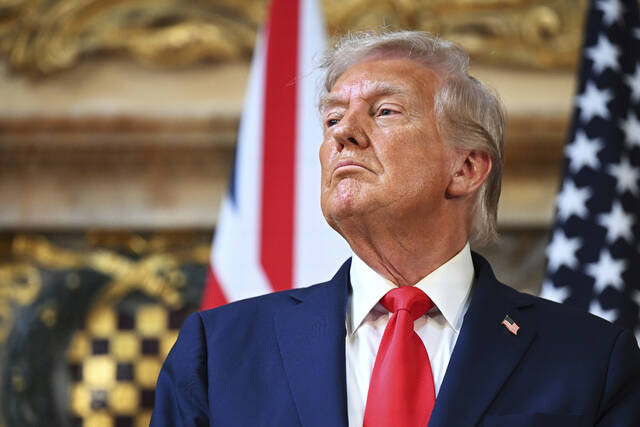Greensburg’s Pennsylvania Avenue parklet, built in 1988 and gifted to the city in 1989 by nonprofit Go Greensburg, is the subject of debate about who should own the park.
Constructed for $30,000, the park was funded entirely by donations from benefactors and generous citizens. In May 2020, the city sold the park for $1,200 to developer City Cribs, owner of the adjoining former art supply store. It is surprising that neither the buyer nor the seller considered that a public park should have been off limits and not for sale.
City Cribs’ project to renovate the art store and open a new business is good. It complements that important retail corridor. Its promise to retain public access to the park is commendable, but there are many good reasons why the park should be owned and controlled by the city rather than by a private party.
1. Private owners may say they will not change the park’s benches, shrubbery and other amenities that make it a nice people’s park, but if they own the park, they can change whatever they choose, even add to their building and change the park’s character.
2. Despite promises to maintain the park, if there were no restrictive covenants or contracts in the sales agreement requiring the new owner to maintain the park, the owner may not spend or have the needed money to maintain the park.
3. The city owns and maintains several city parks. It has the equipment and the know-how to properly maintain the park.
4. Developers start, change, finish, abandon and sell projects as part of their business. If business conditions change or opportunity beckons, City Cribs can sell the park. The county’s assessed value of $8,998 is more than the $1,200 purchase price. The common level ratio, set annually for each county by the Pennsylvania Department of Revenue to ensure equitable transfer tax collection for properties sold during the year, was 8.13 in 2020. This ratio times the county assessment valued the park at $73,153 for their purpose.
5. Greensburg’s parks and cultural entities such as the Westmoreland Museum of American Art and the Westmoreland Cultural Trust. and others have benefitted greatly over the years from the generosity of local families such as the Robertshaws, Lynches, Friedlanders, Barclays, Coulters and many others in building and supporting parks and cultural venues for the benefit and use of the people who live and work here . It is important and fair to honor the purpose for all who donate toward civic projects. As Natalie Robertshaw Kelley pointed out in a recent letter to the editor, “… As a member of The Robertshaw Foundation … I will think long and hard about OK’ing money for a project to go to a Greensburg charity that may eventually be undermined by the city council.”
This people’s park has done exactly what was envisioned when it was built and gifted to the city 33 years ago. It is worth even more in sentiment and access to the people who use and enjoy it. The city is the park’s best owner. Anxious to support downtown development and possibly pressured by the pandemic when money was tight, the city may have sold in haste in May 2020.
To make a mistake is human; to correct it when public input and analysis show there can be a better outcome for all parties involved is good government. This can be a win-win for all if:
• The city offers to repurchase the park, paying the $1,200 sales price plus maintenance that City Cribs has undertaken and can document since the sale. By committing to the sale, City Cribs benefits by unburdening itself of ongoing maintenance costs and liability.
• The city grants easements and other support to enable City Cribs to gain better access to the park for its customers while the city maintains approval of all park changes that retain or improve public access and use of the park.
• The city takes full responsibility for maintaining the park. If major work is needed to fix tree, shrub, sidewalk and other problems that have developed for which repair funds were not available, the public may help. As suggested in Marco Sylvania’s letter to the editor, the public could make one-time donations toward maintenance costs and the park’s rededication by contributing to a nonprofit fund to assist the city in correcting problems and restoring it to a condition to which it can then be consistently maintained by the city’s schedule.
Scott Brown is a former mayor of Greensburg.


